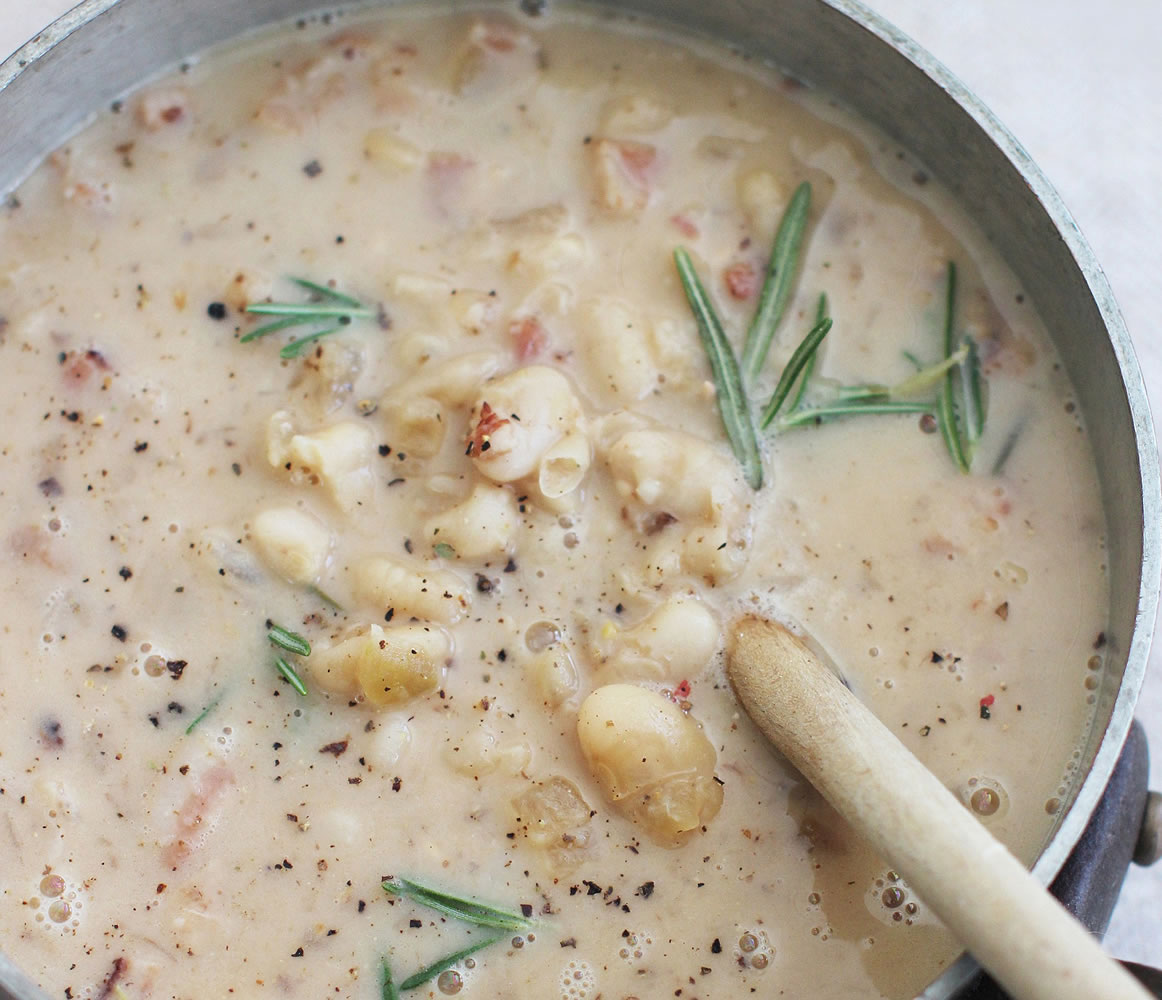It’s one of the most pervasive of culinary clichés — the exploding pressure cooker. And thanks to it, all manner of otherwise adept home cooks fearfully retreat from this kitchen workhorse.
Except that it’s a fear justified only if you are using a pressure cooker manufactured decades ago. It’s been a long time since even bargain versions of these speed demon cooking pots lacked sufficient fail-safes to ensure your pot roast or baked beans wouldn’t erupt, which is why cookbook authors Bruce Weinstein and Mark Scarbrough hope to retire the cliché and get people excited about pressure cooking.
But the changes aren’t just about a lack of explosions. Modern pressure cookers — sales of which have boomed recently — are predominantly electric, Scarbrough said in a recent telephone interview. And electric pressure cookers require different cooking times and volumes of liquid than stovetop models. They also come with more bells and whistles, including doubling as slow cookers and Bluetooth controls via a smartphone.
For those not in the know, pressure cookers work — and work more quickly than traditional cooking methods — by trapping the steam produced during cooking. This allows you to cook beyond the standard boiling point of 212 degrees, usually closer to 250 degrees. This means that foods that typically need long, slow simmers can be cooked fast and with surprisingly good results.



